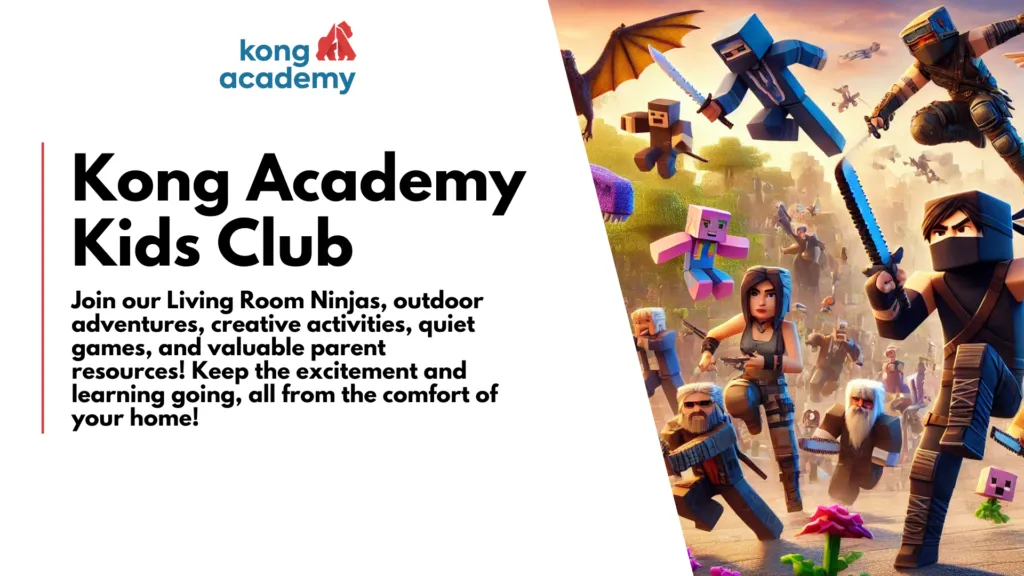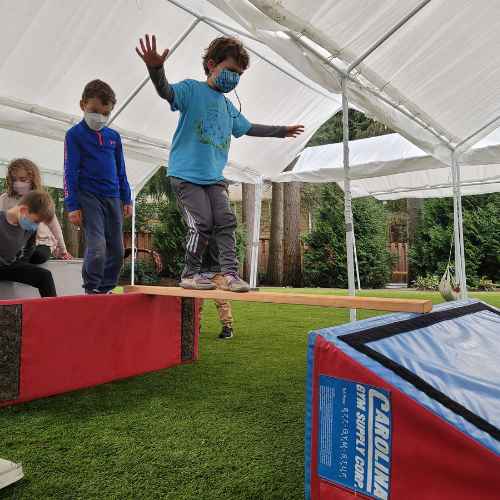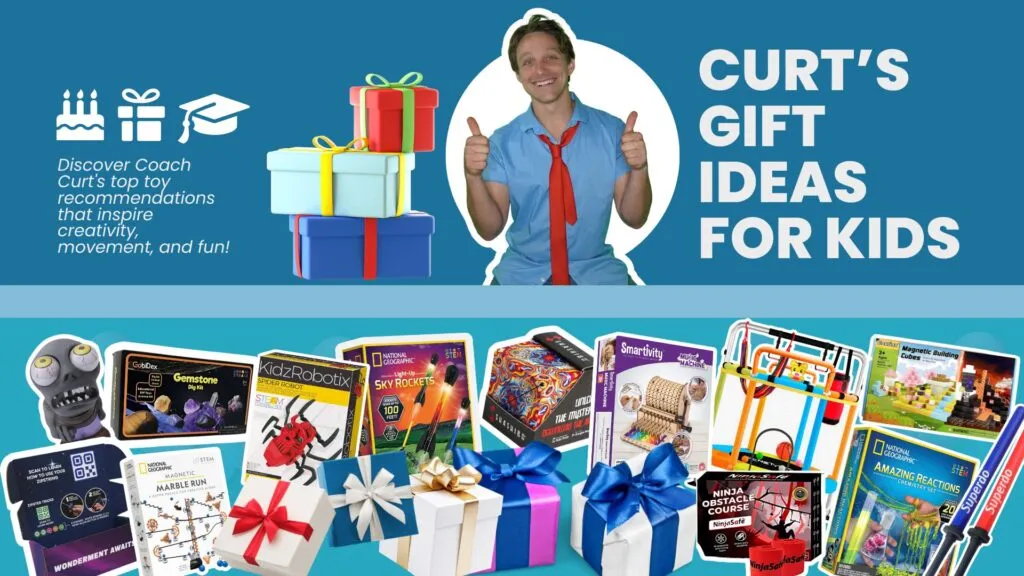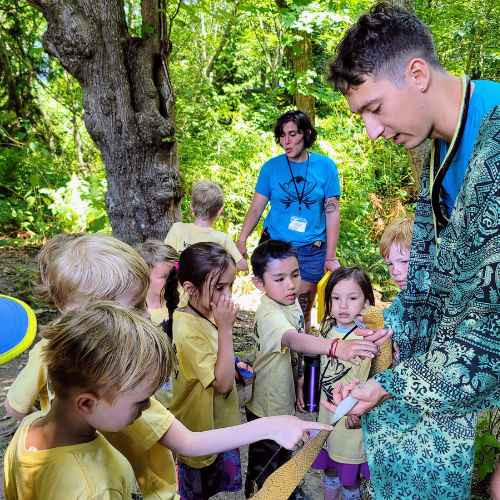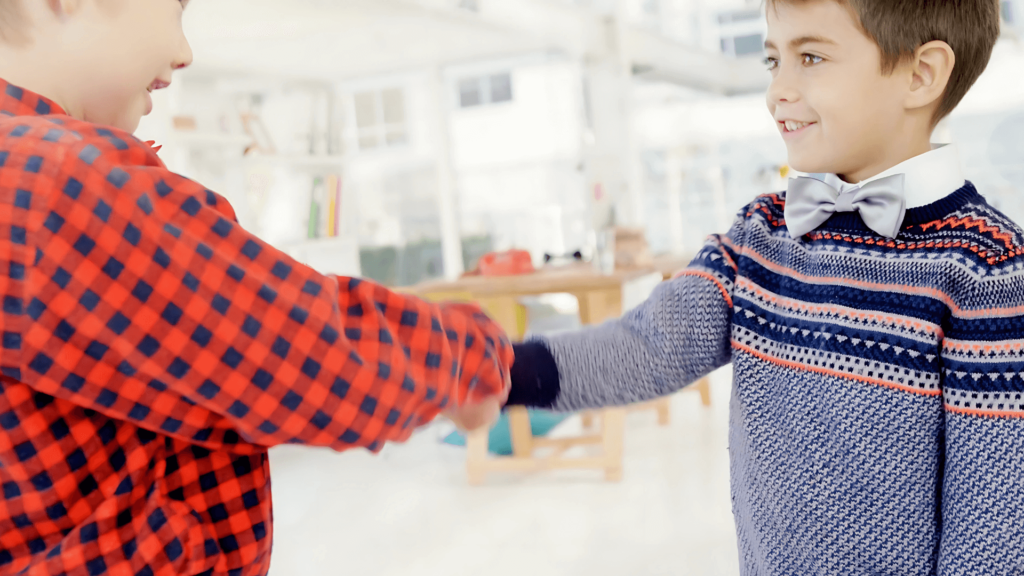
Teaching kids how to resolve conflicts is one of the most important life skills they can learn. Conflict resolution helps children build strong relationships, develop emotional intelligence, and grow into compassionate, respectful adults. Whether it’s a playground disagreement, a sibling rivalry, or a misunderstanding in the classroom, children encounter conflicts regularly, and knowing how to manage them effectively can make a significant difference in their development.
Equipping kids with conflict resolution tools they’ll use for the rest of their lives will teach them how to address disagreements with kindness and understanding. Children can build stronger relationships, handle stress better, and improve their overall emotional well-being with these skills.
Why Do Children Need to Learn About Conflict Resolution?
Without these skills, children may struggle to communicate effectively or find themselves avoiding conflicts altogether, leading to unresolved feelings and fractured relationships. Over time, this can hinder their ability to collaborate with others or solve problems constructively.
When kids are taught conflict resolution strategies early, they gain tools to manage difficult emotions, such as anger, frustration, or jealousy. These lessons empower them to approach disagreements with a positive mindset, leading to beneficial solutions for everyone involved.
Conflict Resolution Skills Kids Need to Learn
To become effective problem-solvers, children must develop specific conflict resolution skills. Below is a list of essential conflict resolution strategies and how you can teach them.
1. Identify Their Emotions
The first step in resolving any conflict is recognizing what is happening inside. Often, children may act out in frustration, but they may not fully understand what they’re feeling. This is where emotional identification becomes important.
Teaching children to identify their emotions is crucial for helping them navigate the complexities of conflict. Encourage children to check in with themselves when they feel upset, angry, or hurt. By understanding their emotions, kids are better equipped to communicate what they need and why they feel a certain way.
One method to help kids recognize their emotions is to introduce them to emotional vocabulary. Provide examples of different emotions like happiness, sadness, frustration, or embarrassment, and associate them with facial expressions or body language. You could even create an “emotion chart” or “feeling wheel” where children can point to or identify what they’re feeling in the moment. This makes it easier for kids to verbalize their emotions during conflicts rather than acting impulsively.
Additionally, encourage children to ask themselves questions like, “What made me feel this way?” or “What do I need to feel better?” Helping kids reflect on their emotions gives them the emotional intelligence to understand their triggers and respond thoughtfully.
2. Active Listening
Active listening is one of the most powerful tools for conflict resolution, and it can be taught using modeling and practicing real-life listening behaviors in day-to-day interactions.
Start by showing children how to give their full attention to a speaker. Encourage them to make eye contact, stay quiet while the other person is speaking, and use nonverbal cues such as nodding to show they are engaged. Teach them to avoid distractions, like playing with toys or looking around the room, when someone is talking to them.
One simple exercise is to set aside time to have a conversation where the child focuses only on listening. During this time, ask them questions about what you said to test their understanding, such as, “What did you hear me say?” or “What do you think I meant by that?” This reinforces the importance of not just hearing the words but understanding the message.
Another technique is to encourage children to summarize or paraphrase what someone else has said. For instance, if their friend says, “I didn’t like when you grabbed my toy,” you could teach them to respond with something like, “You’re upset because I took your toy.” This practice ensures that they are paying attention and helps clarify any misunderstandings.
3. Understanding the Other Person’s Point of View
Children can learn to consider another person’s perspective by developing a logical understanding of situations rather than an emotional one. This approach focuses on cognitive skills like reasoning and critical thinking.
Ask them factual questions about various situation. For example, “Why do you think your friend might want a turn with the toy?” or “What do you think happened that made your sibling upset?” These questions encourage children to analyze the situation objectively and consider external factors, even if they don’t feel empathetic emotions toward the other person
You can also use characters from storybooks as a teaching tool. Share scenarios where one character’s actions affect another, and ask your child to explain how the actions might look from each character’s perspective. This method helps children focus on fairness, problem-solving, and logical reasoning, which are essential for resolving conflicts.
4. Expressing Their Needs Clearly
In many conflicts, children may struggle to express their own needs. Whether they are feeling upset, misunderstood, or neglected, they may not know how to communicate these feelings in a way that receives a positive resolution.
Encourage children to describe the problem and propose a solution in a calm and straightforward manner. For example, instead of saying, “I feel left out when you don’t let me play,” they could say, “Can I play with you next?” This shifts the focus from emotions to constructive requests, making it easier for others to understand what they need.
Another strategy is to guide children in using descriptive language to explain their needs. For instance, if a child is upset about sharing a toy, they might say, “I want to use the toy for a little longer before I share it.” By focusing on what they want and why, the child provides clear and actionable information that can lead to a resolution.
You can also create opportunities for children to practice expressing their needs through scenarios or dialogues. For example, during playtime, prompt your child to communicate their needs clearly, whether it’s asking for help or negotiating a turn with a shared item.
5. Learning to Compromise
One of the most important lessons in conflict resolution is learning how to compromise. In any disagreement, there will be different perspectives, and finding a middle ground can often be the most effective way to resolve it.
Children need to understand that conflict isn’t about winning or losing, but about finding compromisable solutions that work for everyone involved. Encourage them to think about ways they can adjust their expectations and work together to find a mutually satisfying solution.
For example, if two children are fighting over who gets the last cookie, encourage them to take turns, split the cookie, or even suggest an alternative solution like choosing another snack. You can model this by suggesting compromises in everyday situations. It’s important to explain that compromise requires both sides to give a little to make the situation fairer.
6. Using Polite Words
During conflicts, emotions can run high, and it’s easy to fall into the trap of using hurtful or disrespectful language. Teaching children to use polite, respectful words even when they are upset can prevent situations from escalating.
Explain that words matter, and what’s said in the heat of the moment can have a lasting impact on relationships. Encourage your child to use phrases like:
- “Can I please have a turn?”
- “I don’t like that, but can we try something else?”
- “I’m feeling upset, but I want to work this out.”
When children use polite words, they are more likely to engage in constructive dialogue and find peaceful solutions. You can reinforce this by using polite words yourself, even when faced with challenges, as children learn by example.
7. The Ability to Learn from Mistakes
Conflict resolution isn’t about being perfect. It’s learning, adapting, and growing from each experience. Encourage children to see mistakes as opportunities for improvement rather than setbacks.
Teach them that it’s okay to make mistakes during conflicts, but the important part is acknowledging those mistakes, apologizing if necessary, and working to do better next time. For example, if a child loses their temper and raises their voice, they can apologize and suggest ways to handle similar situations more calmly in the future.
Creating a safe space for children to reflect on their behavior will help them understand the importance of self-awareness and responsibility. Use examples from their daily lives, like sharing or taking turns, to discuss what went wrong in a conflict and how it could be approached differently next time.
8. How to Forgive
Forgiveness plays a crucial role in resolving conflicts. Holding onto anger and grudges can create unnecessary tension, preventing children from moving forward with their relationships.
Teach kids that forgiving someone doesn’t mean excusing their behavior, but it means choosing to let go of the anger or hurt. Children need to understand that forgiving helps both them and the other person heal, fostering better relationships and reducing negative feelings.
You can model forgiveness by discussing how you’ve forgiven others in your own life, or by role-playing forgiveness scenarios with your child. For example, after a conflict, encourage them to say, “I’m sorry.” Or, “I forgive you,” and explain that it’s a way to move past the disagreement without carrying any negative feelings.
9. Mindfulness Techniques
Mindfulness is a powerful tool for conflict resolution, as it helps children manage their emotions and stay calm when faced with a disagreement. Techniques such as deep breathing, counting to 10, or using positive affirmations can help kids calm down and think before reacting.
Teaching children mindfulness techniques encourages them to take a moment of pause when emotions are running high. For example, you can encourage them to take a deep breath and count to five before responding to a situation. This simple action allows them to respond thoughtfully rather than react impulsively, helping to defuse tense situations.
Incorporating mindfulness into everyday routines, such as before school or during stressful moments, gives children the tools to calm themselves and approach conflicts with a clear mind.
Conflict resolution for kids is about teaching life skills that help them manage disagreements constructively, build stronger relationships, and navigate difficult emotions. By fostering active listening, empathy, positive communication, and forgiveness, you empower children to handle conflicts with grace and understanding.
As you guide children through these skills, remember that patience and consistency are key. The lessons you teach today will prepare them to face the challenges of tomorrow with confidence and compassion.
At Kong Academy, we specialize in programs designed to empower kids with the tools they need to grow emotionally and socially. Visit Kong Academy today and take the first step in building a brighter, emotionally balanced future for your child!
If you’re in the Seattle metro, we offer summer camps and after school programs designed to empower kids and infuse their sense of independence. Contact us today to learn more.
GET Access to the ULTIMATE PLAY DATE PACKAGE (Value: $49) for FREE!
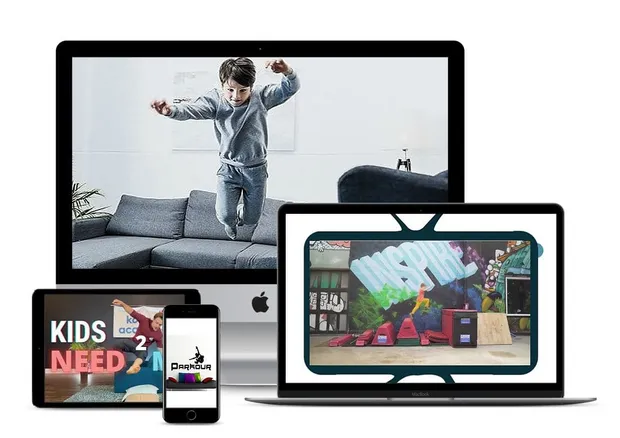
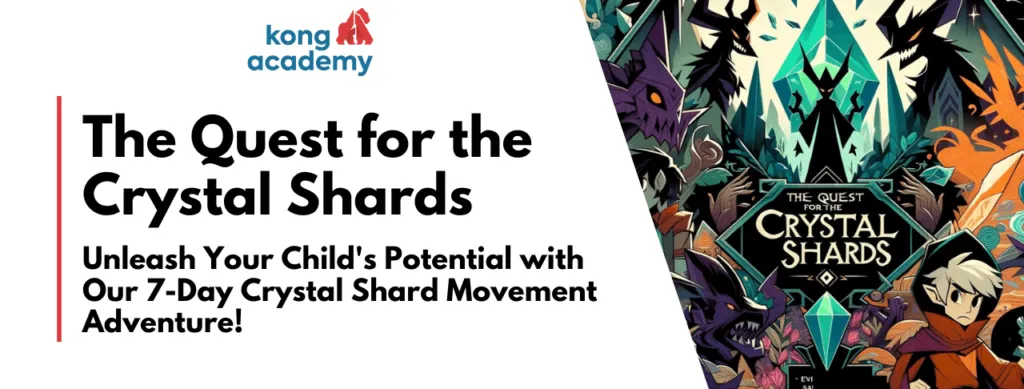
7-Day Crystal Shard Adventure
Unleash your child’s potential with our 7-day crystal shard movement adventure!

